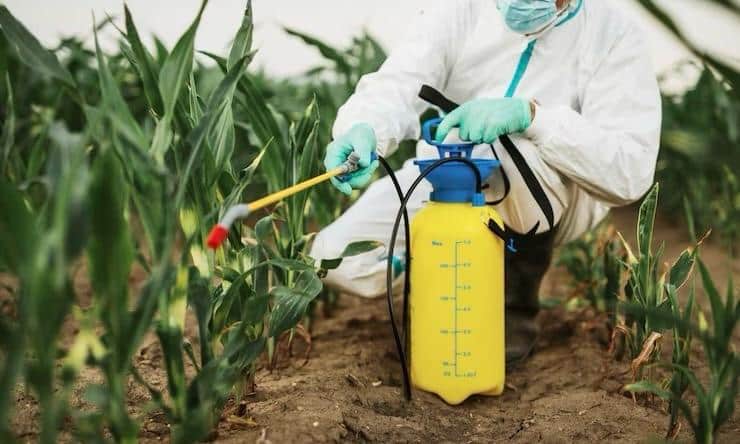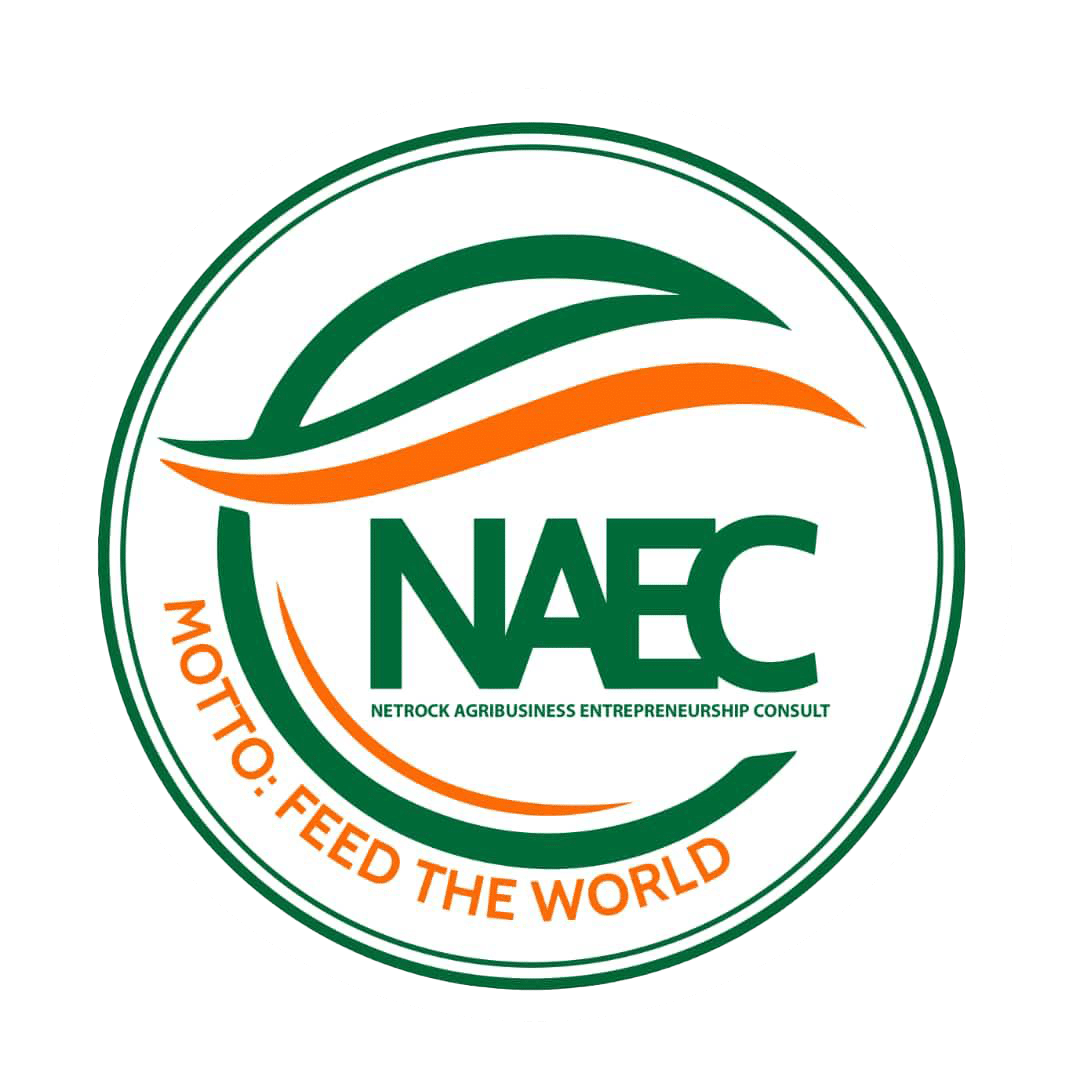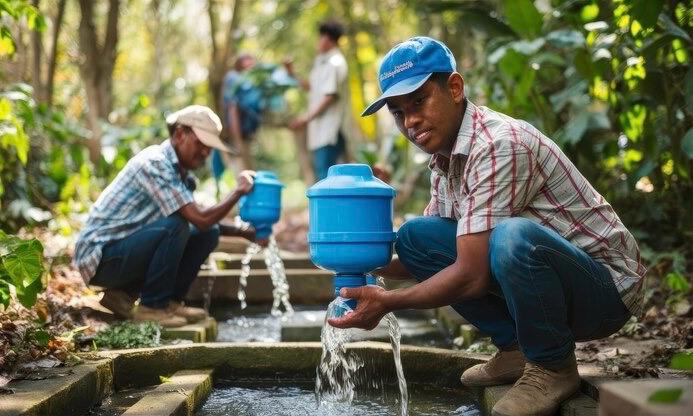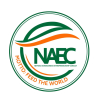Integrated Pest Management: A Farmer’s Guide

Pests are one of the most significant challenges farmers face, threatening crop yields and profitability. While conventional methods often rely on chemical pesticides, these can lead to environmental damage, health risks, and pest resistance over time. Integrated Pest Management (IPM) offers a sustainable and effective approach to managing pests while protecting the ecosystem. This guide outlines the principles and steps involved in implementing IPM on your farm.
What is Integrated Pest Management (IPM)?
Integrated Pest Management (IPM) is a holistic strategy that combines various techniques to manage pest populations at acceptable levels. It prioritizes prevention, monitoring, and control methods that minimize risks to human health, beneficial organisms, and the environment. The goal of IPM is not to eliminate pests entirely but to manage them in a way that reduces their impact on crops.
Principles of IPM
Prevention: Focus on practices that reduce the likelihood of pest infestations.
Monitoring: Regularly observe and identify pest populations to make informed decisions.
Thresholds: Determine the level at which pests cause economic damage, prompting action.
Control: Apply a combination of biological, cultural, physical, and chemical controls when necessary.
Evaluation: Continuously assess the effectiveness of pest management strategies and make adjustments as needed.
Steps to Implement IPM
1. Prevent Pest Problems
Prevention is the first line of defense in IPM. Key practices include:
Crop Rotation: Rotate crops to disrupt pest life cycles and reduce infestations.
Resistant Varieties: Choose crop varieties bred for resistance to specific pests and diseases.
Soil Health: Maintain healthy soils through organic matter and proper nutrient management, as robust plants are less vulnerable to pests.
Habitat Management: Create habitats for natural predators, such as ladybugs or birds, by planting hedgerows or cover crops.
2. Monitor and Identify Pests
Regular monitoring is crucial to understanding pest dynamics. Use these tools:
Field Inspections: Conduct routine checks for signs of pests or damage.
Traps: Use pheromone traps or sticky traps to monitor pest populations.
Identification Guides: Correctly identify pests to select appropriate management strategies.
3. Establish Action Thresholds
Determine the point at which pest activity justifies control measures. This prevents unnecessary interventions and minimizes costs. For example:
Economic Thresholds: Consider the cost of pest control versus the potential yield loss.
Environmental Thresholds: Evaluate the impact of pest populations on ecosystems.
4. Apply Control Methods
IPM emphasizes using a combination of control strategies for effective pest management:
Biological Control: Introduce or conserve natural predators, such as parasitic wasps, spiders, or nematodes.
Cultural Control: Alter farming practices, such as planting dates or intercropping, to disrupt pest cycles.
Physical Control: Use barriers, traps, or mechanical tools to remove pests.
Chemical Control: When necessary, use targeted pesticides with low toxicity and minimal environmental impact. Apply them responsibly to avoid overuse and resistance.
5. Evaluate and Adjust
After implementing control measures, evaluate their effectiveness. Ask yourself:
Did pest populations decrease to acceptable levels?
Were there any unintended effects on beneficial organisms or the environment?
What can be improved for future pest management?
Benefits of IPM
Reduced Chemical Use: Minimizes reliance on harmful pesticides, lowering costs and environmental impact.
Sustainability: Promotes long-term pest management by maintaining ecological balance.
Enhanced Crop Quality: Leads to healthier crops and better yields.
Protection of Non-Target Species: Safeguards beneficial insects, soil organisms, and wildlife.
Challenges of IPM
Time-Intensive: Requires regular monitoring and record-keeping.
Knowledge-Dependent: Demands a good understanding of pest biology and control methods.
Initial Costs: Some IPM tools or practices may require upfront investment.
Case Study: Successful IPM in Action
Green Valley Farms in Kenya adopted IPM to combat a recurring aphid problem. By introducing ladybugs, practicing intercropping with marigolds, and applying neem-based bio-pesticides, the farm reduced aphid populations by 70% within two seasons. This approach saved costs, improved yields, and preserved soil health.




